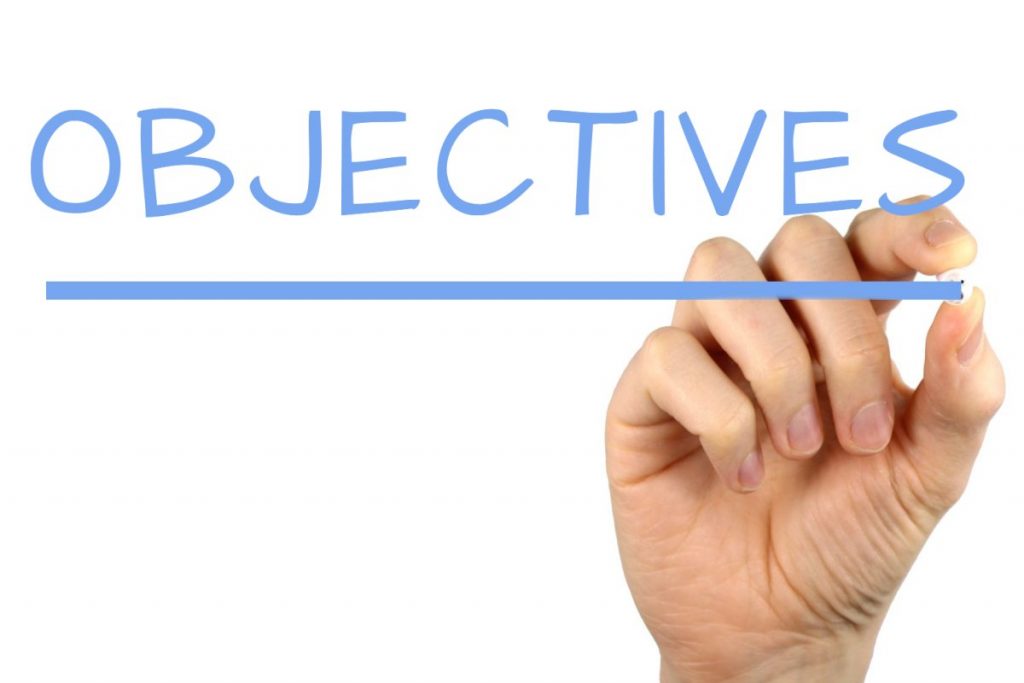An answer is discussed below. Next we pose this question…
Do you think there is a basis for making a distinction between a behavioral objective and a learning objective?
This post has been edited 4th May 2021.
You may also like
Full Course Review Augmented Reality Tutorial
Over 11 hours of learning in this Full Course Review Augmented Reality Tutorial Here is a snapshot review in part of this Full Course Review Augmented Reality Tutorial. Table of ContentsOver 11 hours of learning in this...
08/13/2023
Windows 11 Change These Settings watch
If you are looking for a clear smart production presentation on Windows 11 Change These Settings watch Leila Gharani presents a tutorial video aimed at any age group who has issues with privacy settings set by the...
03/18/2023
Beginners Course Linux Operating System Review watch
The goal is for you to get a full understanding of how the Linux OS works. Beginners Course Linux Operating System Review watch. by freeCodeCamp.org with over 7 million subscribers at the time of this review and...
02/28/2023
Recent Posts
- Full Course Review Augmented Reality Tutorial
- Windows 11 Change These Settings watch
- Beginners Course Linux Operating System Review watch
- Multimedia Make It Work: Delivery To The Web read
- Four Primary Navigational Structures Used in Multimedia
- Augmented Reality Challenges Technical Problems
- How To Find Your Place in College Crash Course
- Helpful Collaborative Tools Virtual Factors read
- Helpful LMS Introduction video watch
- A Useful Snapshot of Information System Components read







Add comment